Horn Ladle Item Number: E701-0 from the National Museum of Natural History
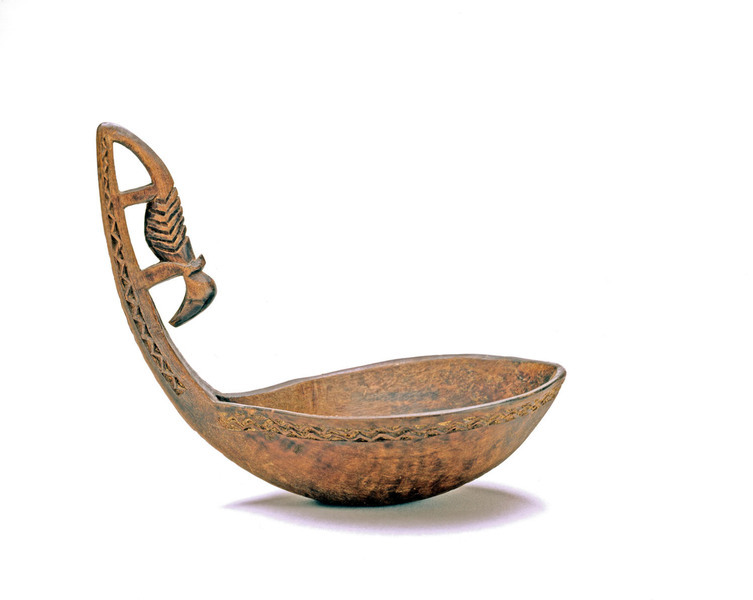


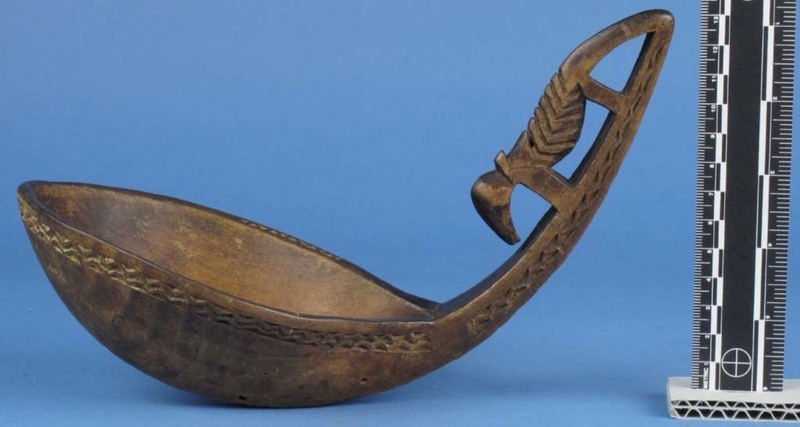

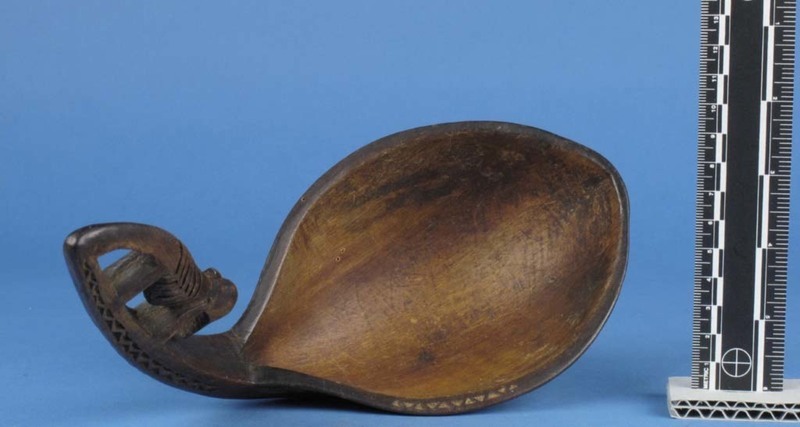


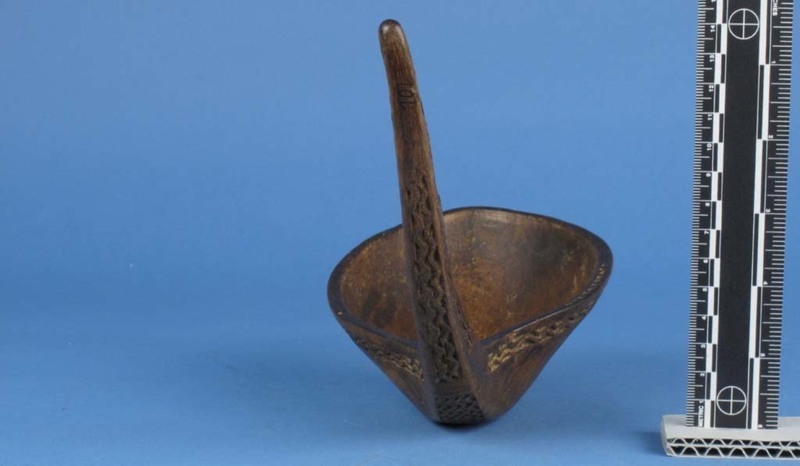
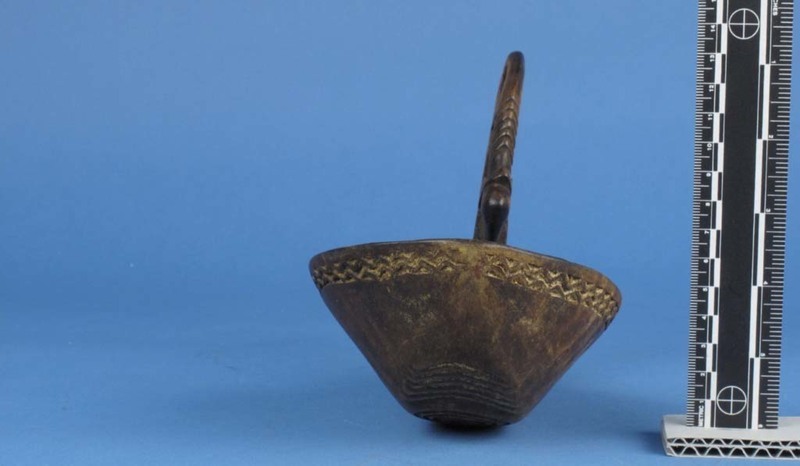
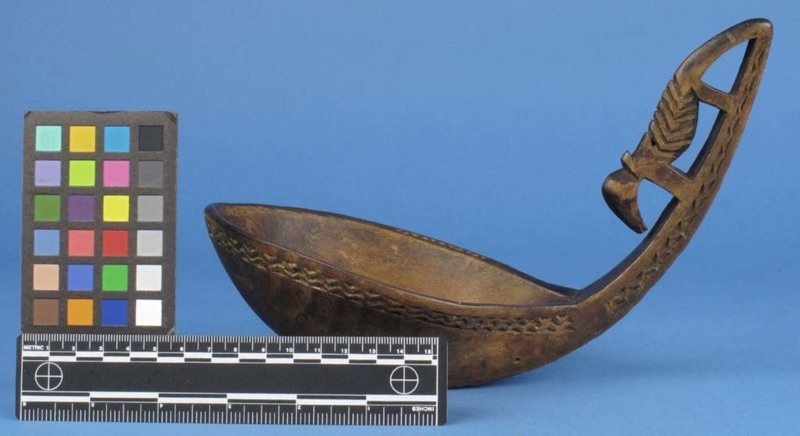
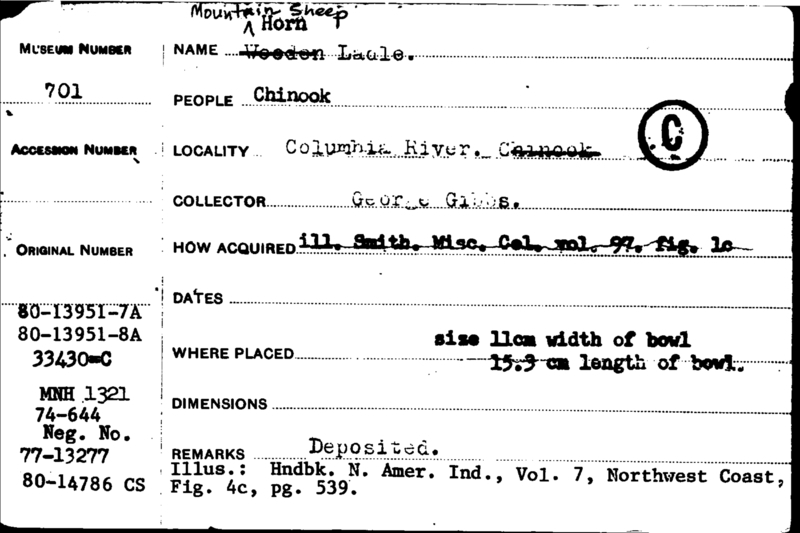


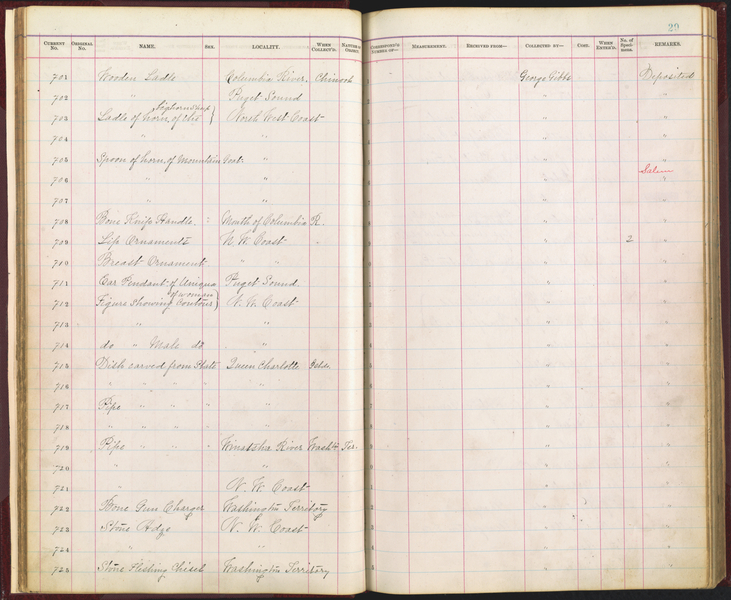
Notes
*SEE* A TIME OF GATHERING BY ROBIN K. WRIGHT, 1991, P. 100 WHERE THIS OBJECT IS IDENTIFIED AS A MOUNTAIN SHEEP HORN LADLE, COLUMBIA RIVER; COLLECTED FROM CHINOOK BUT MAY HAVE BEEN MADE FURTHER UPRIVER BY THE WISHRAM OR WASCO. FROM CARD: "DEPOSITED. ILLUS.: HNDBK. N. AMER. IND., VOL.7, NORTHWEST COAST, FIG. 4C, PG. 539. 701 LOANED TO RENWICK 9/10/81. RETURNED 8/1983. LENT TO THE BURKE MUSEUM, 2/23/89. ILLUS.: P.90, P1.92, CELEBRATIONS CATALOGUE, SMITHSONIAN PRESS, 1982. LOAN RETURNED OCT.10,1989." OBJECT IS ILLUSTRATED ON P. 8 ("C") OF DAVID IVES BUSHNELL, "DRAWINGS BY GEORGE GIBBS IN THE FAR NORTHWEST, 1849-1851," SMITHSONIAN MISCELLANEOUS COLLECTIONS 97.8 (1938). - STEVEN L. GRAFE 1997. Bushnell indicates object was collected by George Gibbs probably in 1850 or 1851.Pamela Cardenas, Shayleen Macy and Valerie Switzler of the Wasco delegation from the Confederated Tribes of Warm Springs made these comments during the Recovering Voices Community Research Visit Aug 31-Sept 4, 2015. For the Wasco, the cup or bowl is the center of the culture, it is what our stories are based off. Our creation stories are based off coming out of a spring that was shaped like a bowl. These objects are unique to our tribe because it represents us. We don't differentiate between a cup, ladle/spoon, or bowl. Shayleen noted that it is interesting how the Wasco don't make the designs anymore, the simple zigzags, triangles and chevrons. This horn bowl work hasn't been carried into the contemporary. You used to see these all around, everyone had them, but not anymore. Mountain sheep is 'kakwiq' or 'kakwik' in Kiksht. There are still mountain sheep around, they live in the mountains along the Columbia River, but that's not where our reservation is. You can see the sheep from the mountains, we can hunt them because it is ceded land. Our ceded land runs from Mount Hood to Multnomah Falls. Kiksht is the language of the Wasco tribe.For more information, see pdf of additional documentation on the Gibbs collections provided by Liz Hammond-Kaarremaa which is filed with the Emu accession/transaction record.
Item History
- Made in Oregon, USA ? or Washington, USA ?
- Collected in Oregon, USA ? or Washington, USA ?
- Received from Capt. George Gibbs during 1862
What
- Name
- Horn Ladle
- Identification Number
- E701-0
- Type of Item
- spoon
Who
- Culture
- Chinook, Wasco and Wishram ?
- Received from
- Capt. George Gibbs
Where
- Holding Institution
- National Museum of Natural History
- Made in
- Oregon, USA ? or Washington, USA ?
- Collected in
- Oregon, USA ? or Washington, USA ?
When
- Acquisition Date
- during 1862
Other
- Accession Number
- 000051